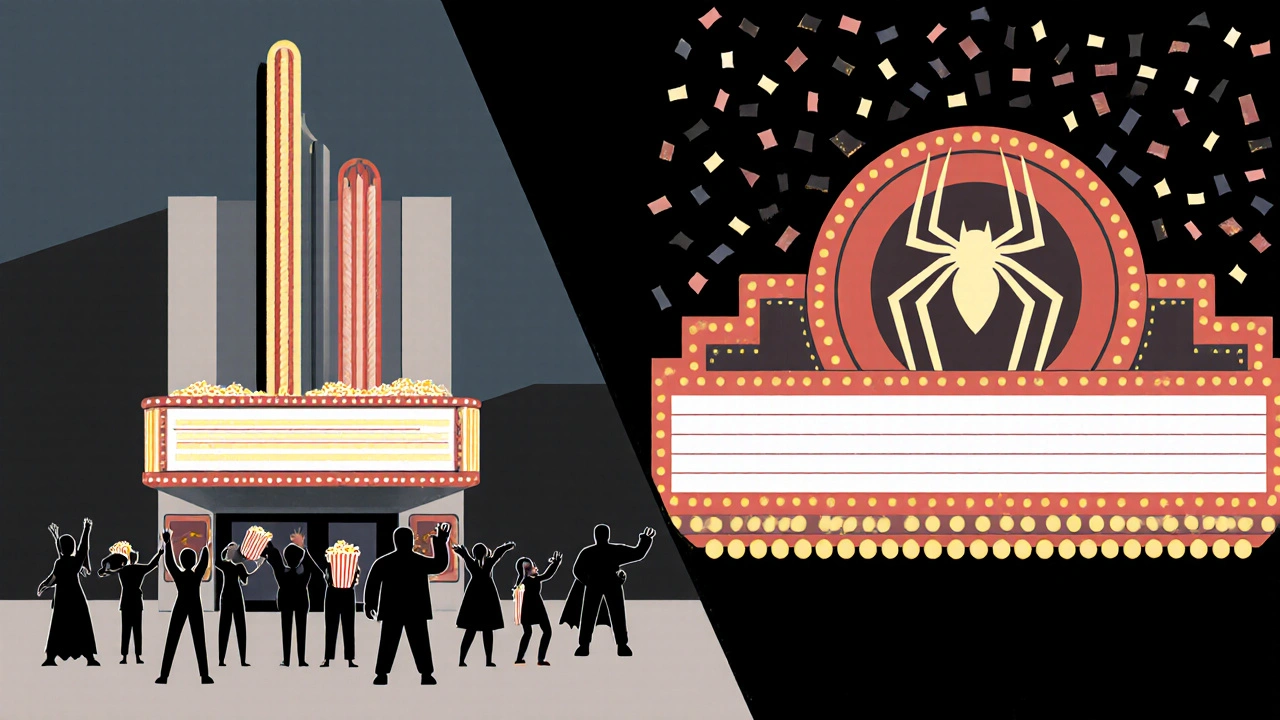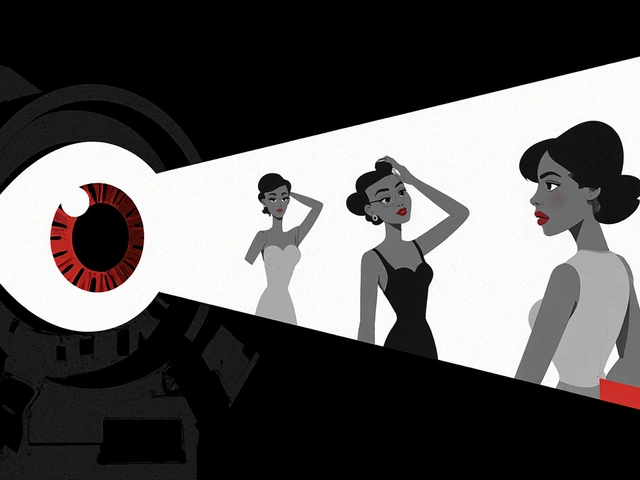Box Office Recovery: How Movies Are Making a Comeback After the Pandemic
When the pandemic hit, movie theaters shut down. People thought the box office recovery, the return of audiences to theaters after major disruptions, often driven by blockbuster releases and cultural momentum was dead. But it wasn’t. It just changed shape. Today, the box office recovery isn’t about big studios pushing out sequels—it’s about fans showing up for something they truly care about. Take Demon Slayer: Infinity Castle, for example. It didn’t just do well—it broke records as the highest-grossing anime film ever. Why? Because it wasn’t just a movie. It was an event. A shared experience. People paid premium prices to see it on the big screen, not because they had to, but because they wanted to.
The anime box office boom is just one part of the story. anime theatrical events are turning screenings into cultural moments, with immersive tech like ScreenX and packed crowds chanting along. Meanwhile, studios are learning that timing matters as much as the film itself. A movie that drops during a holiday weekend, tied to a fan-driven hype cycle, can outperform a $200 million blockbuster that feels disconnected. The film industry comeback isn’t about competing with streaming—it’s about offering something streaming can’t: community, scale, and spectacle.
But here’s the real question: Can this last? The answer lies in what people are willing to pay for. It’s not just about action scenes or CGI. It’s about emotional connection. A film like Groundhog Day still resonates because it’s about growth, not explosions. And when a movie like Demon Slayer or Rashomon makes you rethink how stories work, you don’t just watch it—you remember it. That’s what’s driving the box office recovery. Not marketing budgets. Not algorithms. Real people, showing up, because they feel something.
Below, you’ll find posts that dig into exactly how this is happening—from the tech behind immersive theater experiences to how studios are using release timing to build momentum. You’ll see how fan passion is reshaping cinema, how streaming is changing what audiences expect, and why some films are pulling crowds back while others are getting left behind. This isn’t just about numbers. It’s about why we still go to the movies—and what’s keeping us there.
9
Pandemic Recovery Timeline: How Box Office Rebounded by Genre
After the pandemic, box office recovery varied wildly by genre. Horror and animation soared, while comedies and romances faded. Discover how moviegoers' habits reshaped cinema's future.
Latest Posts
Popular Posts
-
 App Layout Strategies: Organize Streaming Services by Genre and Use
App Layout Strategies: Organize Streaming Services by Genre and Use
-
 Paramount+ with Showtime vs. Peacock Premium vs. ESPN+: Which Sports Add-On Fits Your Viewing Habits?
Paramount+ with Showtime vs. Peacock Premium vs. ESPN+: Which Sports Add-On Fits Your Viewing Habits?
-
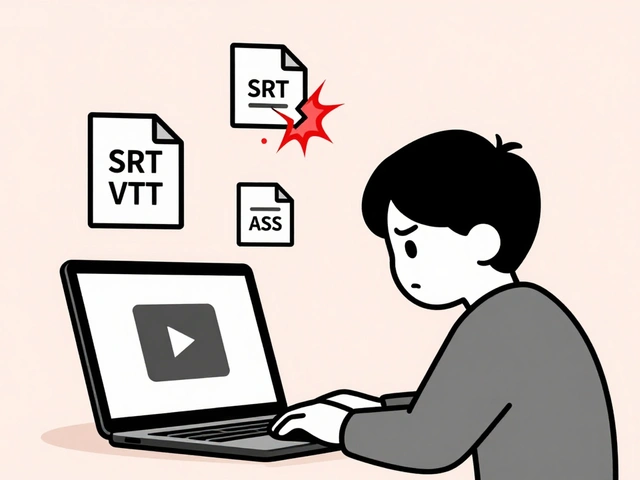 Why Subtitles Aren't Working: Fix Common Video Text Issues
Why Subtitles Aren't Working: Fix Common Video Text Issues
-
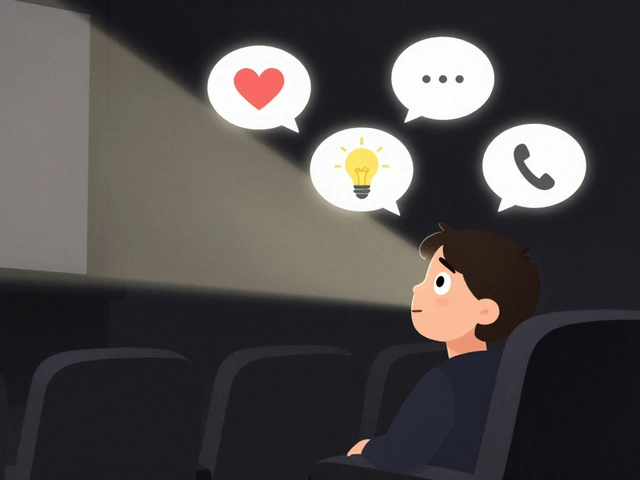 Breakout Indies at the Box Office: How Word-of-Mouth Made These Films Blockbusters
Breakout Indies at the Box Office: How Word-of-Mouth Made These Films Blockbusters
-
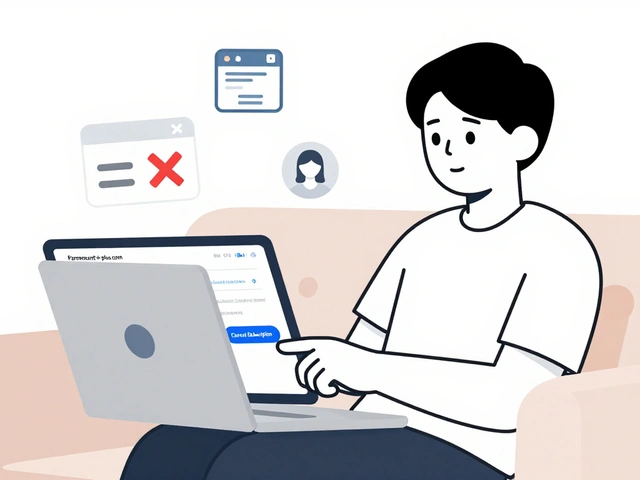 How to Cancel Paramount+: Step-by-Step Guide
How to Cancel Paramount+: Step-by-Step Guide
